Twin vs full mattresses: which size is best for your body, sleep and space?
We compare twin and full mattresses - the sizes, pros and cons of each - to help you decide which one you need
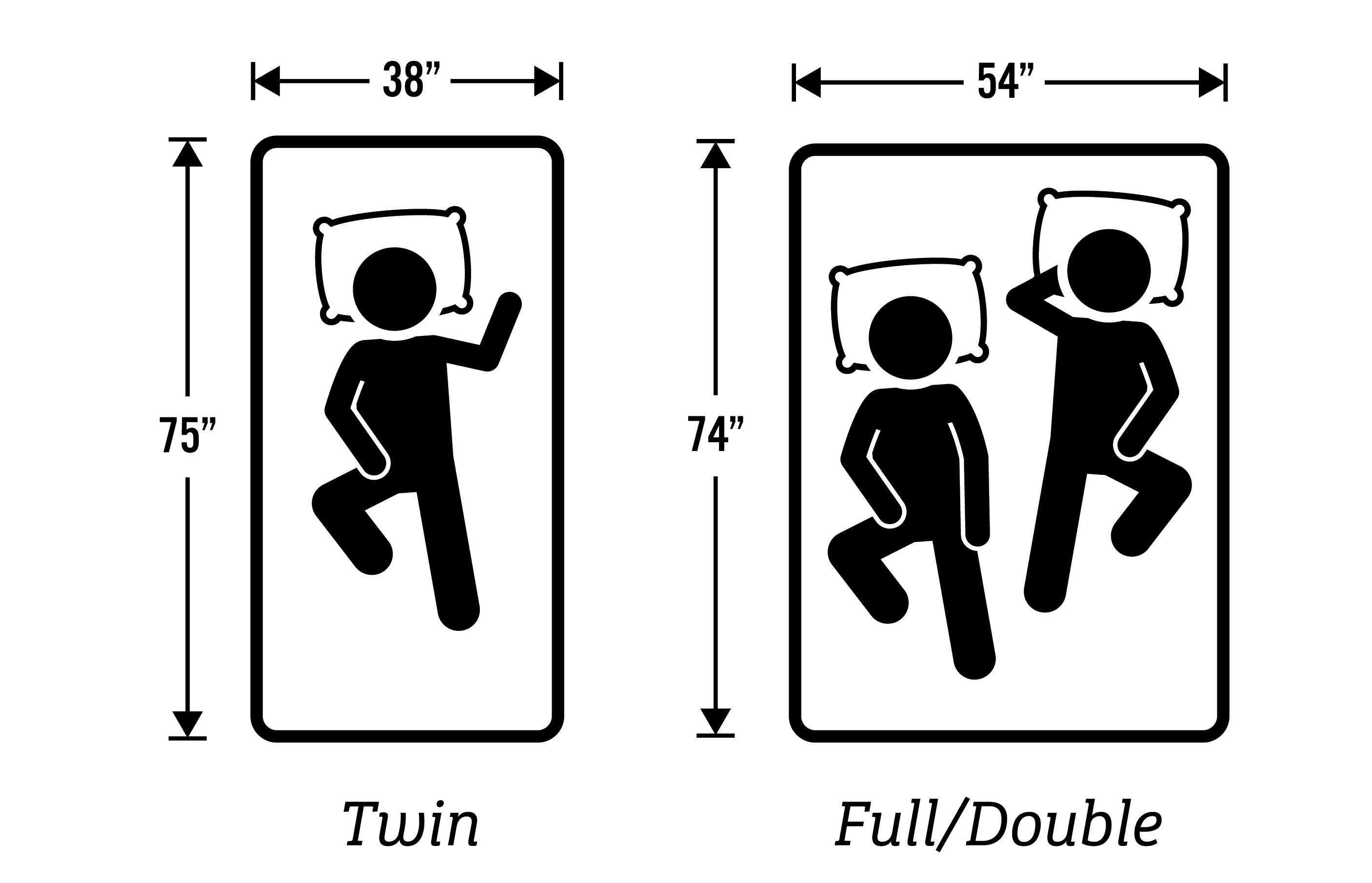
Twin and full size mattresses are the two smallest in the US, bar crib mattresses. Both make excellent choices for solo-sleeping adults and older kids, and work well in smaller spaces including apartments, smaller bedrooms and dorm rooms.
Most of the best mattress brands include twin and full sizes within their ranges - there are memory foam, innerspring and hybrid options to choose between - and there’s plenty of bedding to fit both too, whether you're after luxury high-thread-count sheets or a cheap duvet to layer up.
So what are the differences between twin and full mattresses, and which one should you choose? Here, we put them head to head - twin vs full mattresses - to help you decide which is best suited to your needs. And the good news? With the Memorial Day mattress sales coming up, you’ll be able to save money on both with a timely mattress deal.
Twin vs full mattress: Dimensions
- Twin mattress is 38 x 75 inches
- Twin XL is 38 x 80 inches
- Full mattress is 54 x 75 inches
Twin and full-size mattresses are the same length: 75 inches. However, a twin measures 38 inches wide by 75 inches long, while a full is 16 inches wider, at 54 inches wide by 75 inches long.
Both mattresses are long enough for adults of an average height, as we explain in our mattress size guide, but you’ll need the additional width of the full size if you want space to stretch out comfortably. For children who are upgrading from a smaller kid’s bed, this won’t be so important, but for late teens approaching adulthood, it may be worth considering a full-size mattress if the room is big enough to accommodate it.
There's also a third option: a twin XL mattress, which offers 5 inches of extra length. This is a useful option for adults and growing teens, particularly in bedrooms that can only fit a twin size width — taller solo sleepers can often benefit from a twin XL vs twin mattress. If you need more space, then take a look at our queen vs king mattresses comparison.
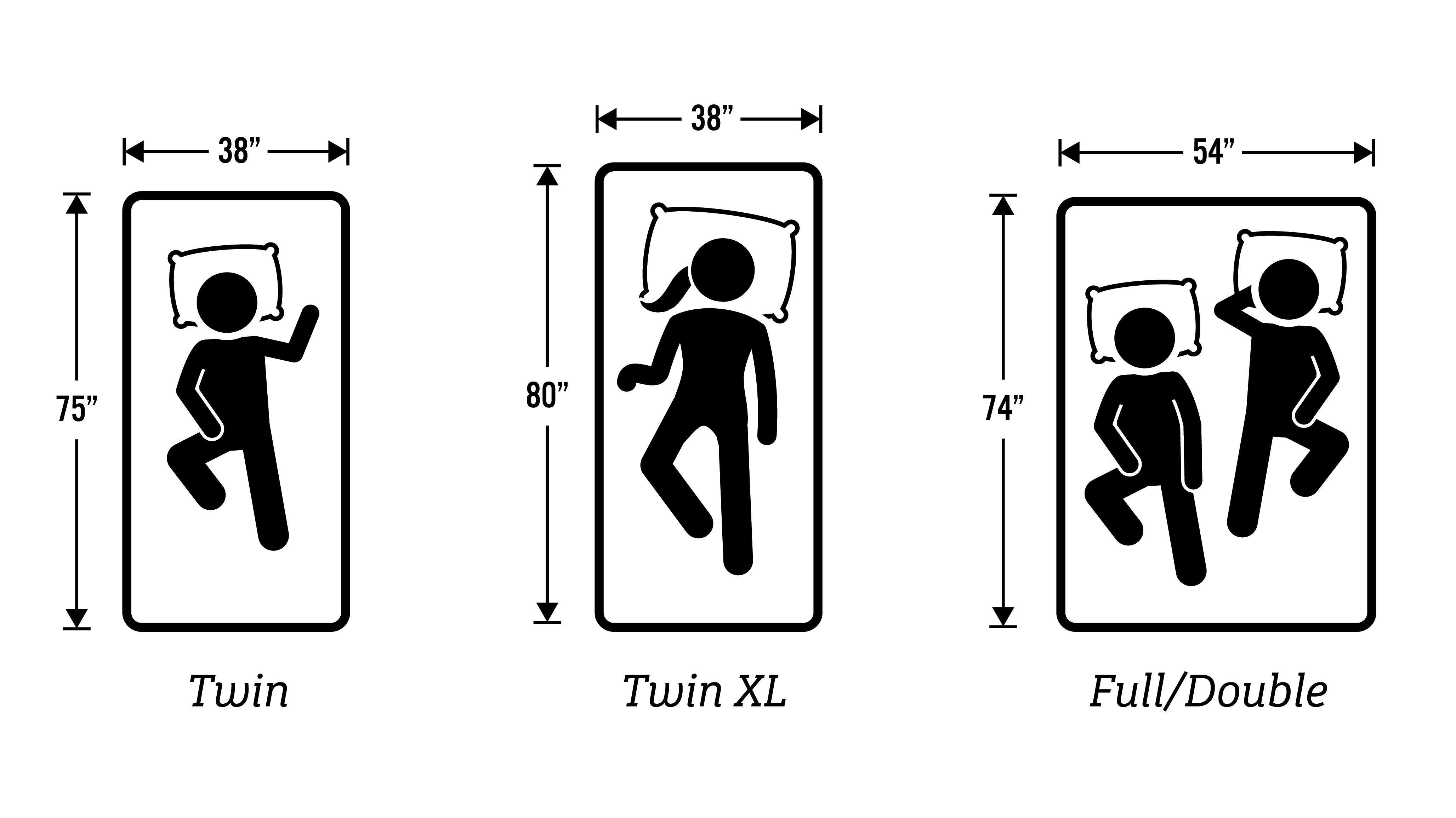
All three sizes are well-suited to smaller guest bedrooms as well, where a queen or king won't fit, depending on the dimensions of the space you have available.
Another option worth considering for guest rooms is placing two twin size mattresses side by side, to give you the equivalent width of a king size mattress. There are several reasons why you might do this, including to provide comfort for individual co-sleepers, or to give you the option to separate mattresses or push them together to accommodate different guests.
Twin vs full mattresses: Key differences
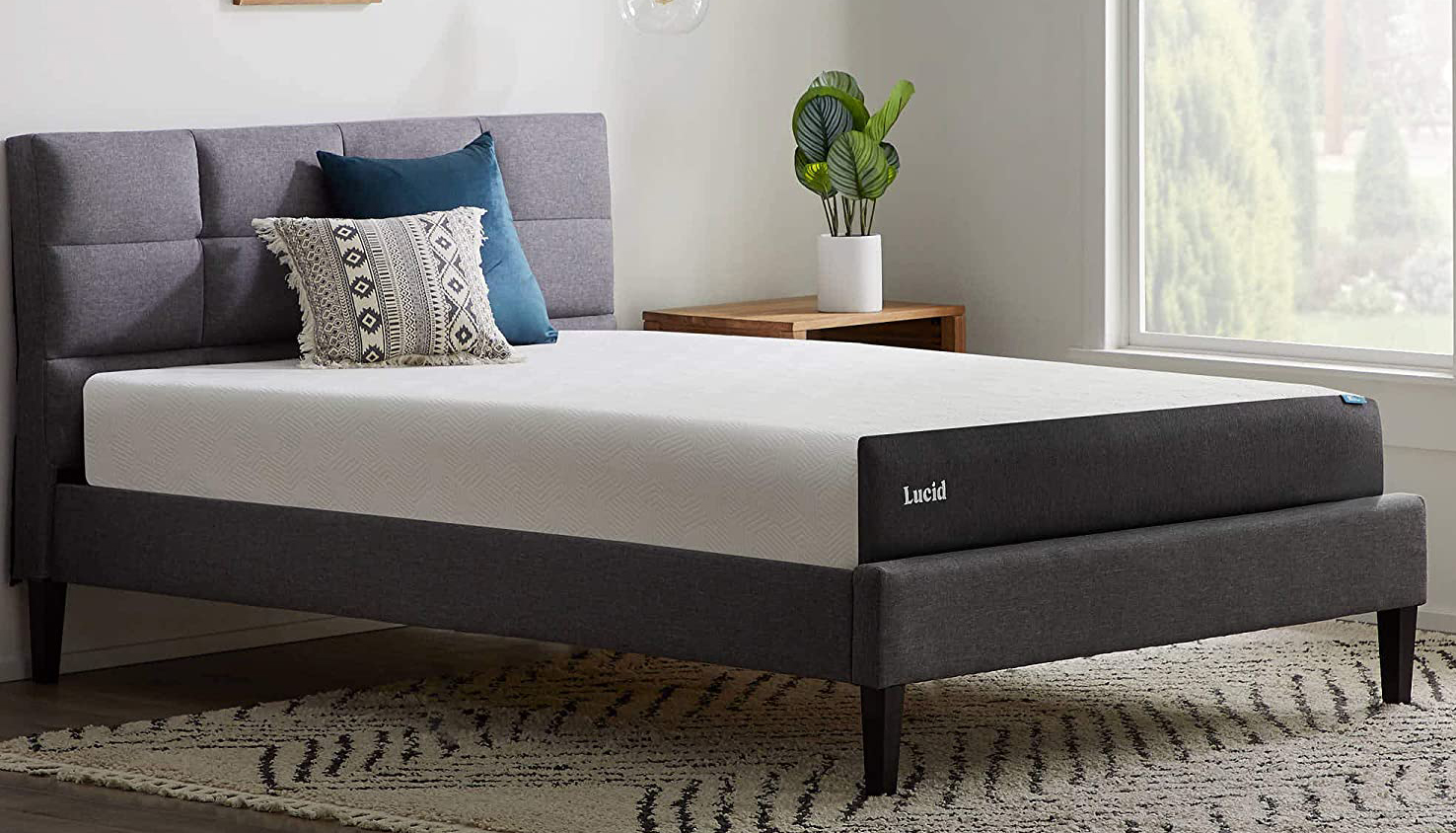
- Twin mattresses are narrower than full size
- Twin mattresses are cheaper
- Full mattresses can fit two people at a push
The biggest difference between twin and full-size mattresses is width - as mentioned - and this can make or break a good night’s sleep. While adults and teens can sleep on both, if you’re taller or larger than average, a twin size bed may not offer you the comfort you need. Older kids, however, will find a twin size mattress suitable for allowing them to transition from a child’s bed into something more comfortable as they get taller.
If you live in a very small apartment, or have a small bedroom, then the narrower twin mattress can be an ideal solution. However, twin mattresses are primarily designed for solo sleepers, so if you share a bed, and can’t fit a queen-size into your space, you’ll need the extra 16-inches of width offered by a full mattress. Just bear in mind it’ll be a squeeze if you’re intending to use a full size mattress as a permanent solution for two adults.
Twin vs full mattresses: Pros and cons
- Both suitable for small bedrooms
- Cheapest adult mattress sizes
- Neither are ideal for co-sleepers
A lower price is the biggest benefit to choosing either a twin or full-size mattress, versus any of the larger sizes. Together, they sit at the more affordable end of any mattress range - twin sizes are the cheapest - and if you take advantage of the frequent mattress sales run by virtually every sleep brand, you can pick yourself up a real bargain.
The second pro for both mattresses, which we’ve discussed in depth, is their small size and suitability for space-tight areas. Twin mattresses, in particular, are great options for children who have outgrown their smaller beds - many will find them to be suitable right up into their teenage years.
Twin and full mattresses also weigh less, making them easier to move, rotate and clean (we cover this process in detail in our how to clean a mattress guide). Of the two, the smaller twin is lighter than a full mattress. Twins usually weigh anywhere between 20-40lb, versus 30-60lbs for a full size mattress.
However, their smaller size is also a disadvantage compared to larger mattresses. Twin mattresses aren’t ideal for the average adult to stretch out fully, and they’re not great options for taller or larger than average sleepers, although they’re fine for petite solo sleepers.
Both sizes are also ill-suited for sharing with someone else, although co-sleeping is possible on a full size mattress. We wouldn’t advise sharing a full mattress as a long-term solution though, particularly for people who overheat at night, or have aches, pains or problems sleeping. Remember, in order to get healthy sleep, each individual sleeper needs enough space to fully stretch out and find the best position for their spines to rest comfortably.
If you think you might need a larger mattress size, take a look at our full vs queen mattress guide, or size up again with our California king vs king mattress comparison.
Twin vs full mattresses: Prices
- Twin size is the cheapest adult option
- Full size mattresses cost $50-$300 more
Twin sizes are the cheapest adult mattresses. Typical prices tend to be around $180 for a 10-inch deep budget mattress; $499 for a mid-range mattress; and it can cost $900-plus for a twin-size luxury or organic mattress. However, thinner twin mattresses cost less: Linenspa has a six-inch innerspring mattress for around $100 on Amazon, for example. That would be suitable for a younger child, but we wouldn’t recommend less than 8 inches thick for an adult. 10 inches or more are optimal, otherwise your body won’t get the support it needs while you sleep.
Full sizes typically cost around $240 for a 10-inch budget mattress; $799 for a mid-range option, and $1,400-plus for a luxury or organic mattress. Again, thinner options are cheaper. A full size of the 6-inch Linenspa example above is around $150 on Amazon.
Although full mattresses are more expensive than twin sizes, you might want to consider a full size for an older child because it could be better value in the long run, rather than having to upgrade later in their teens. Discount-wise, you’ll normally see a larger discount on full sizes than twins, too - in fact some brands don’t discount twin sizes at all (we’re looking at you, Saatva). Full size mattresses still cost more than twin sizes, though, so it depends how much you’re willing to spend.
For reference, here’s a selection of twin vs full size mattress prices from some of the most popular mattress brands online. Many of these are often bundled online with free gifts such as pillows, sheet sets, and mattress protectors too, making them even better value.
| Mattress | Twin price | Full price |
|---|---|---|
| Saatva Classic | $887 | $1,595 |
| Nectar Memory Foam | $499 | $799 |
| Casper Original | $699 | $899 |
| Avocado Eco | $499 | $799 |
| Linenspa Hybrid (10”) | $179.99 | $239 |
| Zinus Green Tea (10") | $236 | $319 |
Twin vs full mattresses: What is a twin size?
- 38 inches wide x 75 inches long
- Suits older kids and teens
- Ideal for smaller rooms
To recap, a twin size mattress is 38 inches wide and 75 inches long. Also known as a single mattress, it’s the smallest and cheapest adult mattress you can buy, and makes a particularly good choice for older children and teens who need a bed that suits their growing height.
Some adults will find the width too narrow, but if you’re under average height or have a smaller body size, a twin size may still be comfortable, especially if you need a bed that can fit into a dorm room or smaller bedroom. The next size up is a twin XL mattress. This measures 39 inches wide by 80 inches long, and gives 5 extra inches of legroom compared to a twin.
Twin vs full mattresses: What is a full size?
- 54 inches wide x 75 inches long
- Suits older teens and solo-sleeping adults
- Suitable for smaller bedrooms
A full-size mattress is 54 inches wide by 75 inches long. That makes it the same length as a twin, but 16 inches wider, and a full size typically costs between $50-$300 more than a twin too, depending on whether you choose a budget or high-end mattress. Still, full-size mattresses are cheaper than queen sizes, and they’re easier to move due to their smaller size and lighter weight.
Full-size mattresses are a good option for solo adult sleepers, as well as teens who want to move on from their twin-size mattress - although taller sleepers might want to consider moving up to a queen mattress, which measures a more spacious 60 x 80 inches. If you share a small bedroom, you can share a full size mattress with a co-sleeper, but it will be tight.
Should you choose a twin or full size mattress?
Whether you need a twin or full mattress depends on who’s going to be sleeping on it, the available space, and your budget. In summary, a twin mattress at 38 x 75 inches is a good choice for older kids and teens, who are looking to make the transition to a bigger bed. Individual adults of average size and weight will also be fine with a twin mattress. As the smaller and cheaper of the two, it's the best option for tighter spaces and budgets.
If you have a little more room to play with, a full size mattress at 54 x 75 inches makes a better choice for older teens and enables solo adults to stretch out comfortably. You can fit more than one person on a full-size mattress, but we would recommend a queen size or larger if you’re choosing a bed for two people. Queens are more expensive again, but the extra space will give you a better night’s sleep.
Whichever option you decide on, there's plenty of choice. You'll find our top recommendations in our best mattress guide, and we've also tested and ranked the best memory foam mattresses, and reviewed the best organic mattresses and cooling mattresses - we've added a selection of our favorites below. (Some brands don’t design cooling beds in sizes smaller than full or even queen, which is something to keep in mind.)
Alternatively, if you have an exisiting mattress that you want to breathe a bit more life into while you decide how to replace it, take a look at our best mattress toppers guide. These will make an instant difference to the feel of your bed.
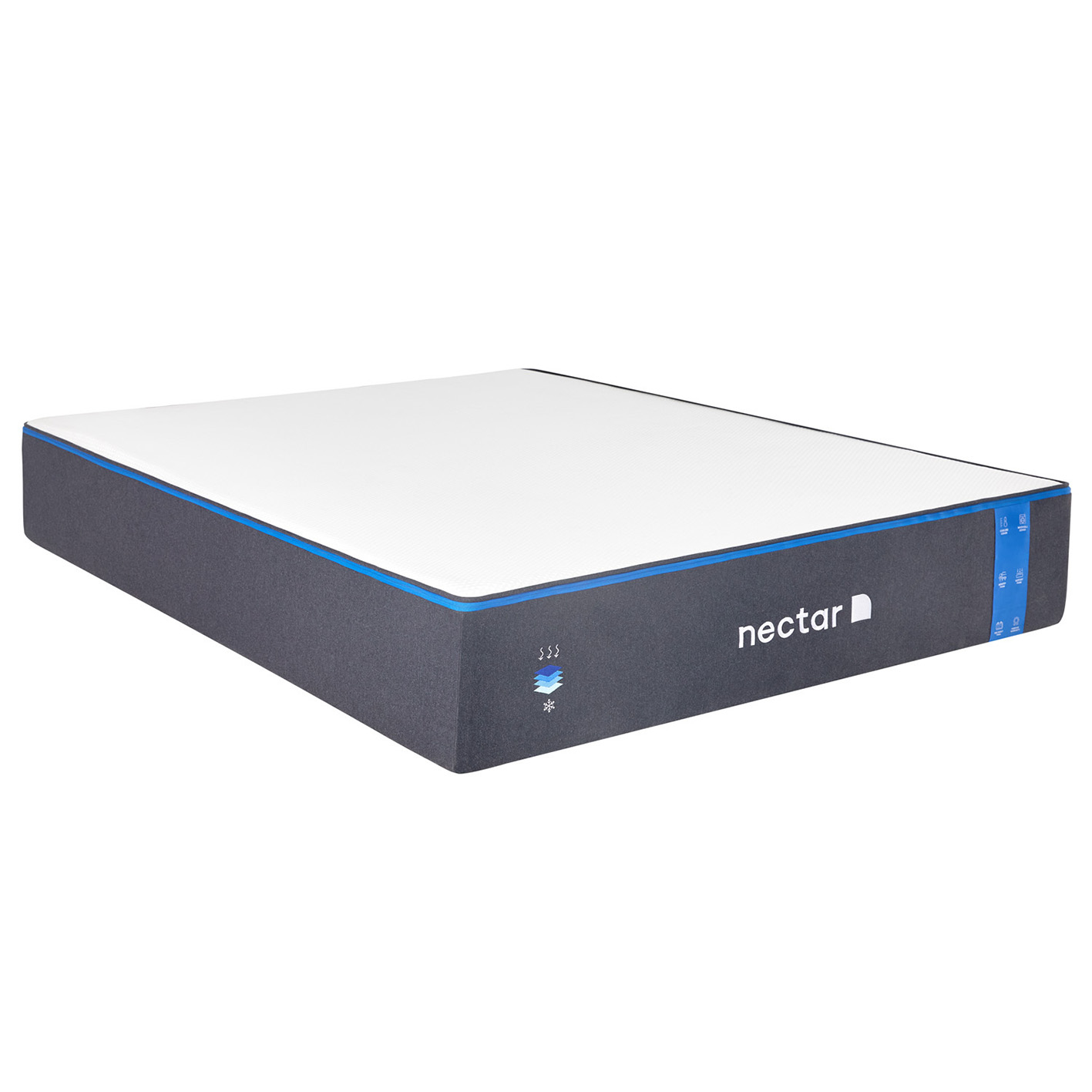
Nectar's entry-level memory foam mattress is a superb mid-range mattress and well-suited to all sleeping positions. It's one of the most comfortable and supportive mattresses we've tested at this price range - we rated it 4/5 in our Nectar Memory Foam review - and with 25% off, it returns to its lowest-ever price, making it absolutely superb value for money.
For
- Superb value
- Excellent comfort and support
- Doesn't get too hot
- Forever warranty
- Free returns
Against
- May be too soft for anyone not used to a memory foam mattress
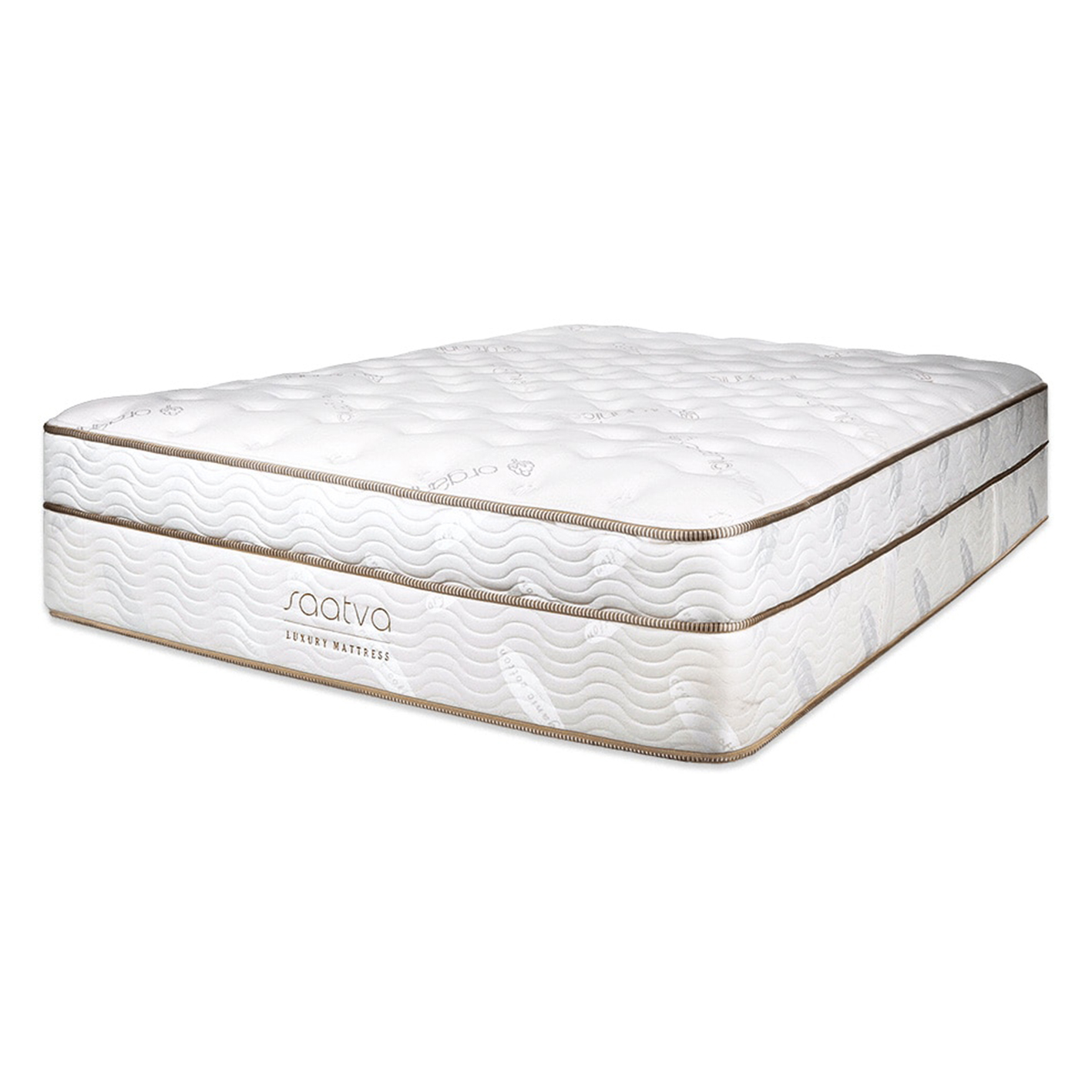
In our mattress rankings, we've rated this luxury innerspring mattress at number one. We found it to be incredibly comfortable and a great option for all sleepers, including people with back pain. It comes in three different firmness versions and two depths, and has a 180 night free trial. It isn't cheap, but if you can stretch your budget this very durable mattress will last.
For
- Customizable firmness and height
- Cheaper than luxury rivals
- Free white glove delivery
- Handcrafted in the US
Against
- $99 fee to refund or exchange
- Some may find it too tall
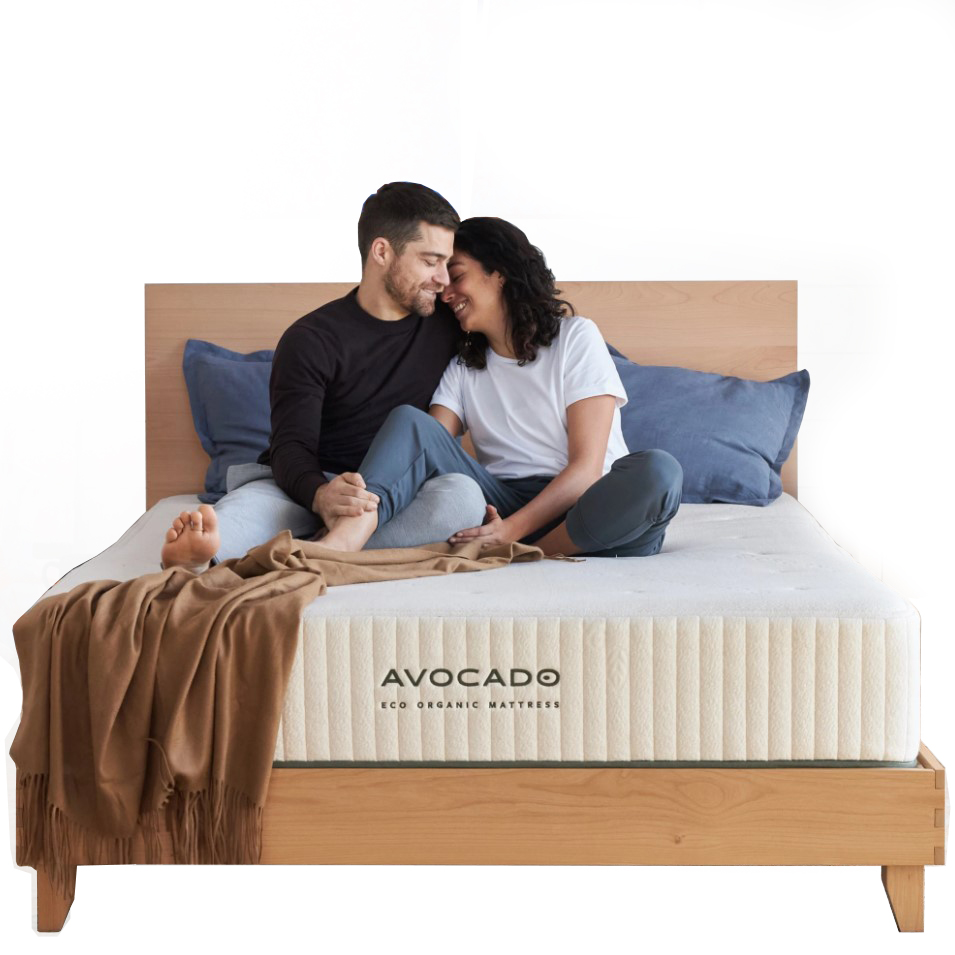
Now the cheapest certified organic mattress in the US, the Avocado Eco Organic is a good option for anyone who wants to make their sleep more eco-friendly. Its toxin-free and hypoallergenic, making it a good choice for people with allergies too. We're tracking all Avocado mattress sales to bring you today's lowest prices.
Sign up to get the BEST of Tom's Guide direct to your inbox.
Get instant access to breaking news, the hottest reviews, great deals and helpful tips.
Grace is an experienced sleep writer and mattress reviewer who also contributes to our sister site TechRadar, among other Future plc brands. She's a big fan of organic sleep products and has recently invested in a wool mattress topper that she quite happily describes as "life-changing." (Hey, we're serious about our sleep products). When she isn't testing mattresses or writing about sleep, Grace enjoys reading and creative writing, and incorporates meditation and yoga into her wellness routine.

